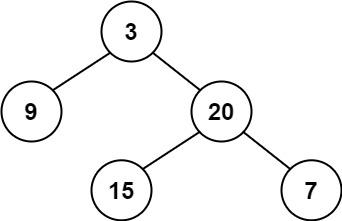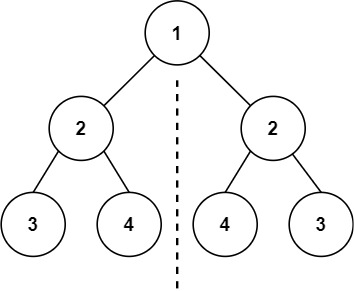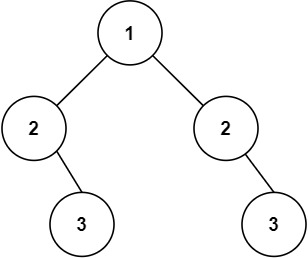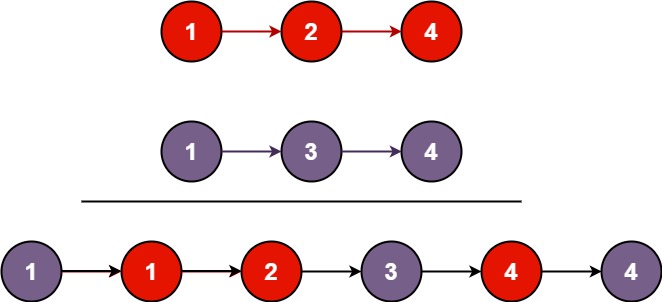Given a binary array, find the maximum number of consecutive 1s in this array.
Example 1:
Input: [1,1,0,1,1,1]
Output: 3
Explanation: The first two digits or the last three digits are consecutive 1s.
The maximum number of consecutive 1s is 3.
Note:
- The input array will only contain
0and1. - The length of input array is a positive integer and will not exceed 10,000
Solution 1:
/**
* @param {number[]} nums
* @return {number}
*/
var findMaxConsecutiveOnes = function(nums) {
let max = 0;
let count = 0;
for (let num of nums) {
if (num === 1) {
count++;
} else {
max = Math.max(max, count);
count = 0;
}
}
max = Math.max(max, count);
return max;
}Solution 2:
var findMaxConsecutiveOnes = function(nums) {
let max = 0;
let res = 0;
for (let num of nums) {
let sign = 1;
if (num === 0) {
sign = 0;
} else {
sign = 1;
}
max = sign * max + num;
// update max result
if (max > res) res = max;
}
return res;
};







